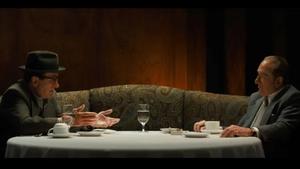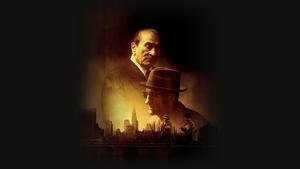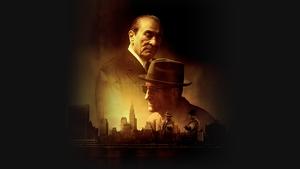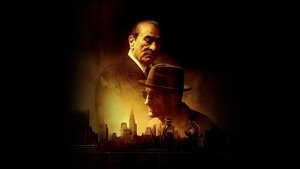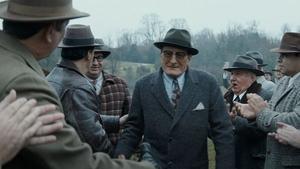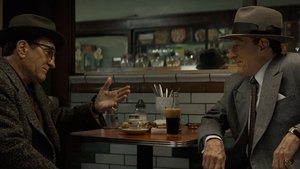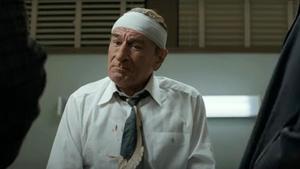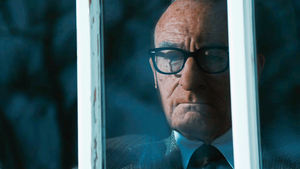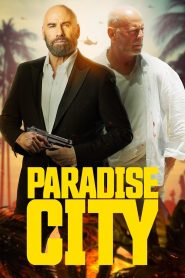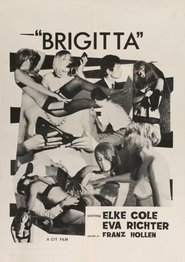
Video Sources 42 Views Report Error

Synopsis
In the turbulent New York of the mid-20th century, two titans of organized crime vied for control of the streets: Frank Costello and Vito Genovese. Their story, steeped in ambition, betrayal, and power, not only transformed the structure of the Mafia but also left an indelible mark on the criminal history of the United States.
Costello and Genovese began as allies. Bound by the code of honor of La Cosa Nostra, they shared a common vision: to expand the Mafia’s influence across both legal and illegal enterprises throughout the country. However, that brotherhood began to crack over time. Personal ambitions, ideological differences, and above all, simmering jealousy turned their alliance into a dangerous rivalry.
Frank Costello, known as “the Prime Minister of the Mafia,” was a calculating and diplomatic leader. He preferred fine suits and meetings with politicians over violence. His influence reached the highest levels of power, thanks to his ability to weave silent alliances and his refusal to involve himself in unnecessary bloodshed.
In contrast, Vito Genovese embodied a more aggressive vision of leadership. Ruthless and ambitious, he believed that power was taken—and kept—through an iron fist. Genovese rejected Costello’s moderate philosophy. For him, force was the language of the streets, and he was ready to use it.
The breaking point came when Genovese attempted to seize leadership from Costello by force, orchestrating a failed assassination attempt that shattered any hope of reconciliation. Though Costello survived the attack, the message was clear: there was no longer room for two bosses in New York.
Original title The Alto Knights
IMDb Rating 5.7 6,750 votes
TMDb Rating 6.112 134 votes
Director
Director
Cast
Vito Genovese / Frank Costello
Bobbie Costello
Vincent Gigante
Anna Genovese
Albert Anastasia
Senator Tobey
Rudolph Halley
Joe Profaci
Tommy Lucchese
Senator Estes Kefauver



